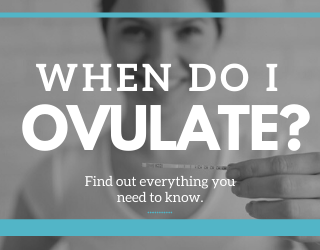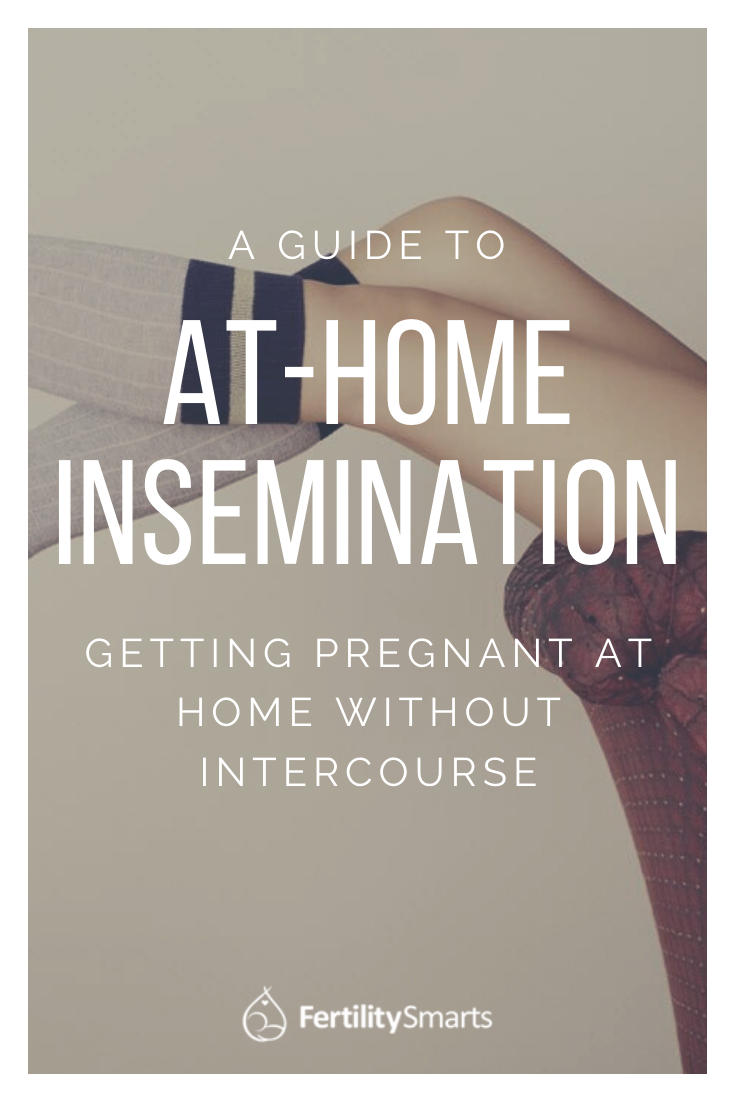
Source: Fotosmile/Dreamstime.com
Insemination at home is an option for individuals and couples looking to conceive without penetrative intercourse and who have no known fertility issues. If you plan on using donor sperm or have ejaculation-related difficulties, this could be a conception method that works for you.
Here we’ll take a look at what it entails—and how to do it yourself.
What is at-home insemination?
At-home insemination means placing semen or sperm in the vagina by a method other than having sex, usually without the help of a healthcare provider.
There are several different terminologies for insemination that you might come across.
- Intrauterine insemination (IUI) is always done at the doctor’s office. With IUI, the sample is washed, and the sperm are concentrated into a small volume. The sperm is then placed through the cervix directly into the uterus using a thin catheter. Raw semen cannot be placed directly into the uterus as it can cause a severe adverse reaction.
- Intracervical insemination (ICI) and intravaginal insemination (IVI) are similar methods. With ICI, the sperm is placed very close to the cervix, either by the doctor or at home using a long syringe or insemination catheter. With IVI, the sperm is placed anywhere in the vagina.
ICI and IVI can be done at home and, because they do not involve the introduction of sperm directly into the uterus, sperm used for ICI and IVI may be either washed or unwashed
At-Home Insemination with Donor Sperm
A common reason for individuals considering at-home insemination is that they are using donor sperm. When working with anonymous, prescreened donors who have waived their rights to paternity, you can order vials of frozen semen from several online clinics. These donors have been thoroughly screened for infectious diseases and have waived their rights to any contact with future offspring. The clinics typically offer a variety of samples, and you can choose a donor based on physical characteristics, personality, and educational background.
Obtaining sperm from a donor can be a lengthy process. There may be a waiting period of up to six months, even with sperm from a known donor.
The sample is shipped to you in a special tank that is kept frozen with liquid nitrogen vapor. You have to keep the vial of sperm in this tank until you are ready to use it (you can’t put it in your home freezer, or it will die). The sperm bank will usually want the tank to be returned to them within a week, so it’s a good idea to track your cycle carefully beforehand, so you know exactly when to schedule the delivery.
The donor sperm clinic will give you special instructions on how to handle and thaw the frozen vial of sperm. You should wear protective gloves to remove it from the tank as it will be very cold. Allow the sample to thaw completely at room temperature before insemination, and do not use heat to thaw the vial.
There are three types of donor sperm samples. These are usually called intracervical insemination (ICI), intravaginal insemination (IVI), and intrauterine insemination (IUI):
- ICI and IVI samples contain raw semen that has not been washed and can be used for at-home insemination.
- IUI samples have been washed and do not contain raw semen. They can be used for both at-home insemination or IUI insemination at the doctor’s office.
At-Home Insemination with Fresh Semen
If you are using fresh semen either from a known donor or from your partner, you will need a container to collect the semen sample. A collection cup with a wide mouth and a shallow depth is ideal. If you use a container from home, make sure you wash and dry it thoroughly; any small amount of soap or water could kill the sperm.
The male partner should produce the semen without using any lubricants unless they are specifically sperm-friendly. You will want to use the sample within an hour of collection. A fresh sample should be easy to draw into a syringe for insemination.
Supplies for At-Home Insemination
Placing the sample into a vagina is commonly done by using a needleless syringe called an insemination syringe. You can also buy syringes from a pharmacy. Just ask the pharmacist for a medication syringe. In the IVF lab, we use Norm-ject syringes, and these work well with biological samples.
The volume of syringe you need will depend on the type of sample you are using:
- The volume of donor sperm is usually very small (less than 1 mL). You will want a syringe that is as small as possible, between 1-5 mL.
- A freshly produced sample will be approximately 3 mL. You will need a 5 mL syringe.
What you do not want to do is use a turkey baster! These are way too big for the volume of the sample you are using.
Timing is Critical with Home Insemination – Know your Fertile Window
One of the most important aspects of at-home insemination is to make sure you introduce the sample during the most optimal time to conceive during your cycle, also known as your fertile window.
Tracking your menstrual cycle carefully will increase your chances of success. This can be done by observing your basal body temperature, cervical mucus, and cervical position, and the use of ovulation predictor kits.
You will likely want three months of tracking to feel comfortable identifying the best time in your cycle to perform the insemination. For more details, check out:
Steps Involved in At-Home Insemination
- Identify your fertile window, which will occur just before ovulation.
- Prepare the sample as per directions if using donor sperm or allow a fresh sample to liquefy.
- Ensure you are in a comfortable place where you can lie down and elevate your hips with pillows.
- Draw the sample into the syringe and place it into the vagina as far as it is comfortable without touching your cervix.
- Press the plunger gently until the whole sample has been expelled.
- Stay in a reclined position for at least 15 minutes with your hips elevated. This will help as much of the sperm swim through the cervix as possible.
- Some people use a cervical cap or menstruation cup to keep the semen in place after insemination.

What is the difference between at-home insemination and ICI or IUI at a clinic?
If you are in good health with no underlying fertility issues, able to accurately identify your fertile window, and the sperm sample is of good quality and handled properly (not exposed to excessive heat or left too long before insemination), your odds of success should be roughly the same as undergoing ICI or IVI in a clinic with a doctor or medical provider.
One study found the pregnancy rate after ICI to be 37.9% after 6 natural treatment cycles, and the pregnancy rate for IUI was 40.5% over 6 natural cycles. Pregnancy rates of properly administered at-home insemination are likely to be similar to other women of the same age.
However, having IUI at the doctor’s office will give you an improved chance of success over these other types of vaginal insemination. This is because it is likely to be a stimulated cycle (with medication) and the sperm is concentrated and placed directly into the uterus, bypassing the cervix, which gets more sperm closer to the egg.
Is at-home insemination right for you?
If you are trying to decide what the best method of insemination is for you, here are a few points of consideration:
- Do you have any known or suspected underlying fertility problems?
- Do you have ready access to the sperm you want to use?
- What expenses might you incur through the process?
- What is your personal preference?
If the sperm you want to use for insemination is easily available from either your partner or a donor and you don’t have any underlying health problems, then at-home insemination is a good place to start. It is relatively inexpensive, and you are in the comfort and privacy of your own home.
If you have tried at-home insemination a few times without success, you may choose to speak with a medical professional to see if fertility tests should be considered to determine if there is an underlying condition preventing you from getting pregnant.
